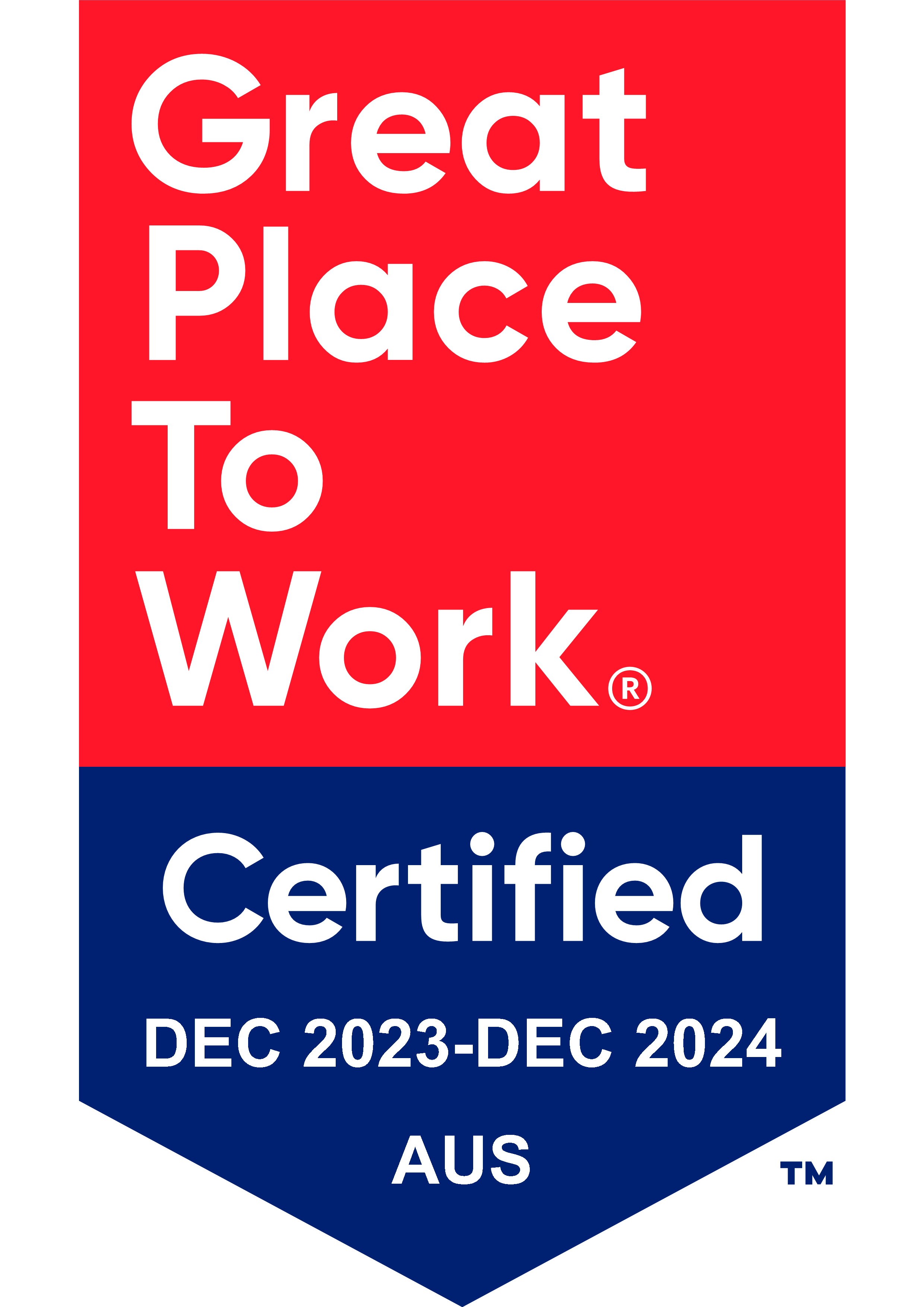Brands aren’t just going online, they are going after virtual experiences
Recent lock down has meant that is has been necessary for retail brands with in person experiences to rethink their approach, by introducing virtual consultations in order to continue servicing customers in a contactless world.
At the beginning of lock down, fast moving retailers began to replicate their in store experience, for online shoppers using video to connect with their customers. Lululemon launched its pre-planned Digital Educator program on March 23, which they had fast tracked due to the pandemic. It allowed for free, personalised one on one, 15 or 30 minute appointments with a trained sales person via Zoom or FaceTime. The sessions aimed to replicate the in store customer service experience, where shoppers can discuss fit and recommendations with retail advisors just as if they would in a physical world.
Lululemon are averaging nearly 1,000 appointments every week. Resulting in a positive brand sentiment, and increased conversion rates from customers who have received virtual services after the completion of their consultation.
Dedicated ad tech is helping other brands move to a virtual world; “Hero”, a startup messaging app which connects retailers to customers via text, chat and video has worked with skincare brand Deciem (parent company of The Ordinary), to link up customer service representatives working from home and customers, with virtual skincare consultations and product recommendations. The brand had more than 130,000 virtual shopping sessions in the six weeks since it launched, averaging 2,500 chats per day.
The virtual sessions resulted in shoppers spending 37% more per order, than typical e-commerce shoppers and rated the offering 4.9 out of 5 stars.
Australia’s biggest advertisers during COVID-19
Australia’s ad spend has taken a big hit during the coronavirus crisis, Media Agency spend is down by -35.4% to $331.12 million in April (SMI), but some areas of the economy are booming. Nielsen found that some sectors have been increasing advertising in April in response to the current climate. Government campaigns top the ad spend growth (hello COVID safe app) at 67% in April, followed by household furnishings (57%), media (48%) and computers (37%). But the automotive sector is leading the way by ad count. Automotive advertisers have been churning out the most COVID-19 related ads of any sector, totaling 110 ads addressing the pandemic.
If advertisers are spending, are consumers buying?
Analysts at UBS say spending signals are increasing and data suggests that most of the growth has been from household goods. Commonwealth Bank’s weekly credit card data showed an acceleration in home furnishing and clothing spends, with the rate of decline in retail foot traffic also easing – decreasing to a 30% fall which is a vast improvement on the 80% drop off that was seen in April.
To better understand how brands are integrating virtual experience, reach out to us.
Next Article


